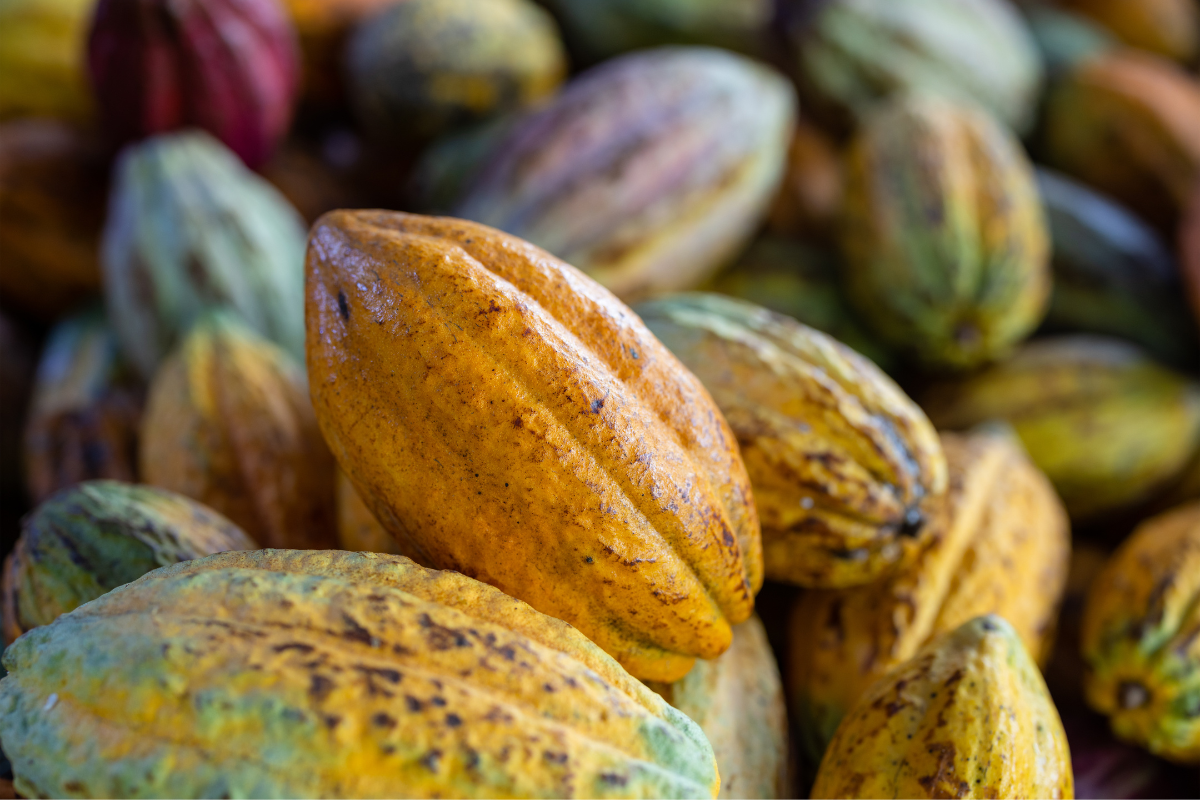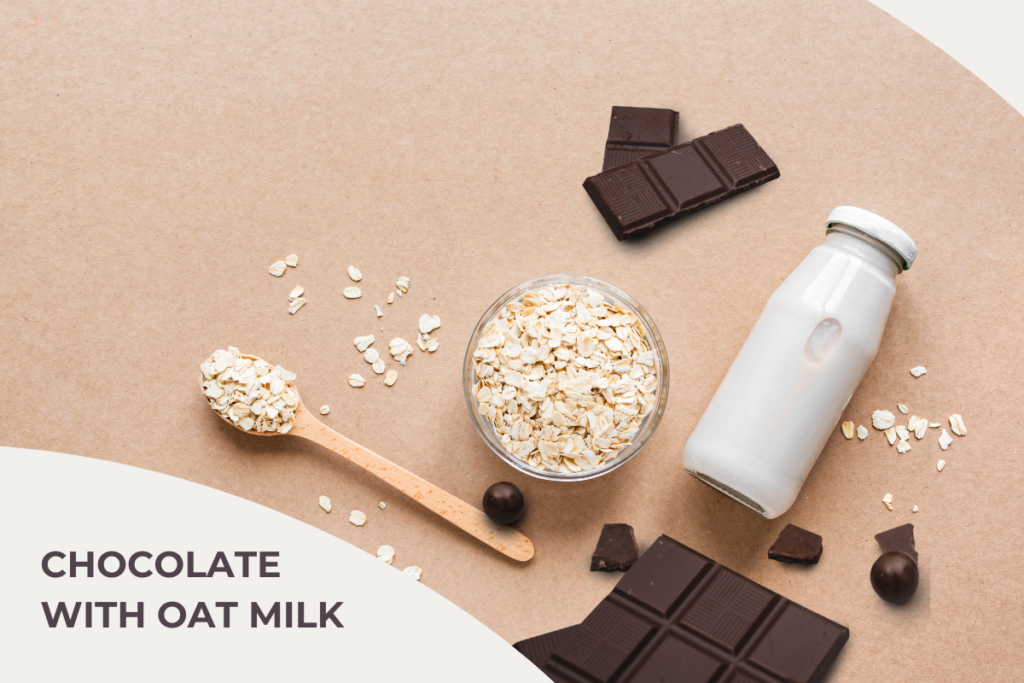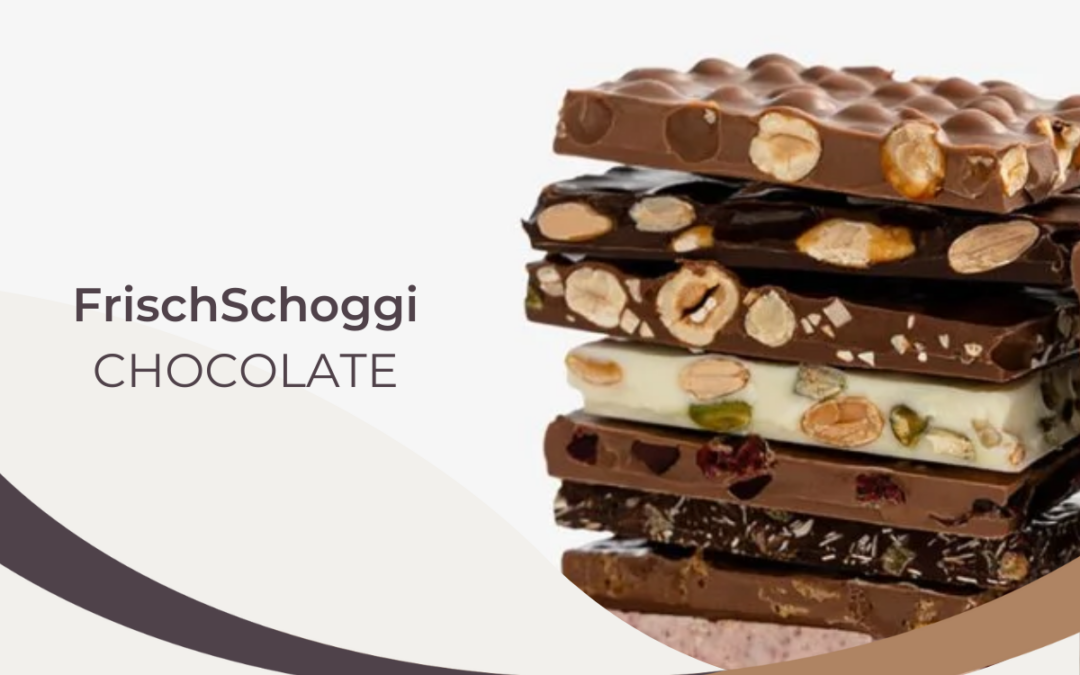Cacao pod harvesting relies on specialized tools to ensure high quality cocoa beans and maintain tree health and productivity. Traditionally, each pod is cut from the cacao tree by hand, one at a time. Different types of cutters are used depending on the size and location of the trees. Modern farms are starting to adopt mechanized tools for more efficient harvesting. In this blog post, we explore these essential cocoa harvesting techniques, tools and their role in sustainable production. Dive in to discover more about the intriguing world of cocoa farming!
Introduction to cocoa harvesting
Cacao pod harvesting is a crucial stage in the chocolate-making journey, significantly impacting the quality of the end product. Harvesters meticulously select ripe cacao pods from the trees to capture the best flavor. Adopting proper harvesting methods is essential for preserving the health and lifespan of cacao trees and promoting sustainable agriculture.
There are typically two harvest periods per year, a main harvest followed by a smaller mid-crop harvest.
Importance of harvesting cacao properly
Harvesting cocoa is crucial because it affects the bean quality, tree health, and farmers’ income. Using the right techniques ensures that only ripe cacao pods are picked, which is key to ensuring delicious chocolate. Proper harvesting also keeps the cacao trees healthy and productive for future years. Sustainable harvesting methods help protect the environment, keeping the land fertile for future crops. Productive cocoa farming is important since it is a major source of income for farmers worldwide.
Essential tools for cacao harvesting and processing
Harvesting cacao pods uses specific tools to carefully and efficiently cut ripe cacao pods from the trees and then collect the cacao beans. While many crops worldwide rely on mechanical harvesting, this is not possible with cacao trees. Why? First, the pods don’t all ripen at the same time, so only the ripe pods need to be harvested. Next, the pods must be carefully clipped from the tree so as not to damage the bark which will produce flowers in subsequent years. Cacao trees are unusual in that the fruit grows right off the main trunk of the tree (this is different from most fruiting trees that produce fruit on the new growth on peripheral branches).
Hand harvesting and collection can be performed via a variety of tools:
- Harvesting Knives: These tools are used to carefully cut ripe cacao pods from the trees. Skilled harvesters are needed to make sure they only cut the ripe pods without harming the tree or other pods.
- Pole Pruners: For taller trees, pole pruners can be used to reach high pods without climbing.
- Collection Baskets or Bags: After cutting the pods, they are gathered in baskets or bags and taken to the processing area.
- Machetes: The pods are cut and cracked open using a machete to reveal the seeds (or cocoa beans) inside.
- Fermentation Boxes or Bins: The cocoa beans are removed from the pods and put into fermentation boxes or bins. These containers help with the fermentation process, which is important for developing the flavor of the cocoa beans. Traditionally, the beans are simply piled up on the forest floor wrapped in a bed of banana leaves.
- Drying Racks or Mats: After fermentation, the cocoa beans are spread out on drying racks or mats to dry in the sun. This drying process is crucial to reduce moisture content and prevent mold growth.
- Jute or Burlap Bags: Once dry, the cocoa beans are loaded into sacks for storage and transportation.
- Personal Protective Equipment: Harvesters often use gloves and other protective gear to prevent injuries while cutting and handling the pods.
These tools are crucial for efficient cocoa pod harvesting and proper bean processing, ensuring the production of high-quality cocoa for chocolate making.
Important factors in proper cacao harvesting
- Ripeness: Harvesting cacao pods at the optimal stage of ripeness is crucial for achieving the best flavor and quality of the beans. Harvesting pods that are either unripe or overripe can compromise the flavor and overall quality of the cocoa.
- Tree Health: Careful harvesting is essential for maintaining the health and longevity of cacao trees. Using proper cutting techniques and equipment helps prevent damage, enabling the trees to produce cocoa beans for many years to come.
- Bean Quality: The method of harvesting cacao pods can influence the quality of the beans. If the pods are damaged during harvesting, it can result in mold growth, spoiling the beans and impacting the overall cocoa quality.
- Time: After harvesting, the pods must be collected and the beans must be extracted before the pods start to rot and before the seeds inside start to germinate.
- Economics: Cocoa farming is a major income source for many farmers in cocoa-growing regions. Using proper harvesting and fermentation methods allows farmers to sell high-quality cocoa beans at premium prices, enhancing their livelihoods.
- Sustainability: Sustainable cocoa farming, which includes proper harvesting, results in more flower production and higher fruit set.
What is the future of cacao harvesting technology?
The future of cacao harvesting is moving towards more efficient and sustainable methods by means of new technology. With rising labor costs, there’s a push for robotic harvesters that can detect and pick ripe cacao pods without harming the trees, making harvesting easier and quicker. Prototype systems have been developed for other fruits such as the robotic apple harvester (RIP Abundant Robotics).
Drones and sensors may also be used to monitor farms, giving farmers instant data on soil and plant health to improve yields. Using drones and AI to identify diseased trees that may be infected with witch’s broom or swollen shoot virus may be critical to early culling of sick trees that may save a farm from total loss. Drones may also be used to disseminate fertilizer and other foliar nutrients.
Low cost sensors will also improve overall quality. Automated fermentation and drying systems with digital temperature and moisture sensors may become standard, ensuring better bean quality with less post-harvest loss.
Knowing how much work it takes to properly grow and harvest cacao should give you comfort when paying a fair price for a quality craft chocolate bar. Enjoy!
For more great articles and recipes, check out the rest of our CocoTerra blog.
If you have any questions or comments, feel free to contact us through our social media channels. We are @cocoterra_co on Instagram and Pinterest and @cocoterraco on X (aka Twitter) and Facebook.







